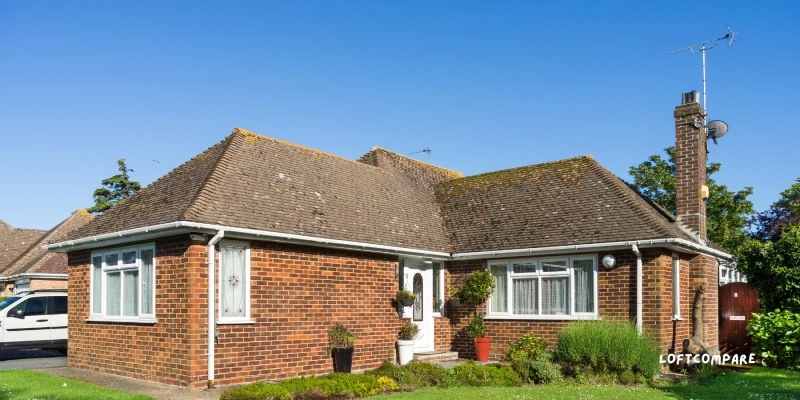Bungalow Loft Conversions: 2025 Costs, Planning & Design Ideas
Find out everything you need about bungalow loft conversions, from essential costs and planning permission. Discover how a bungalow loft conversion can create more space, increasing its potential.


.png)




